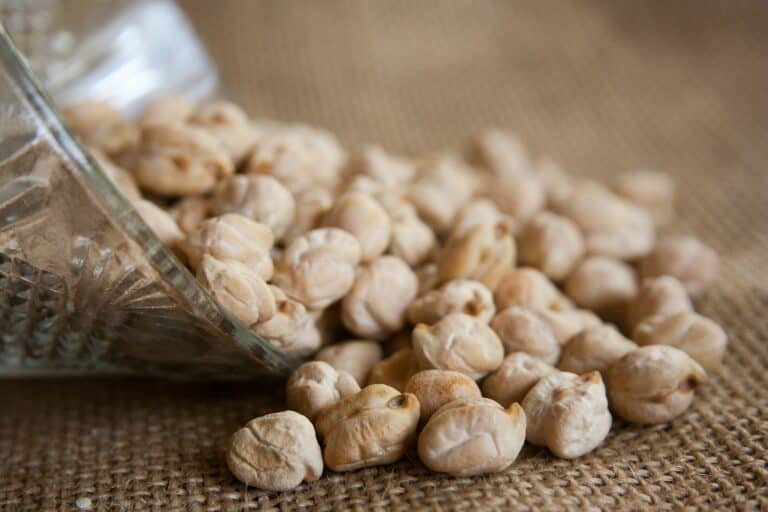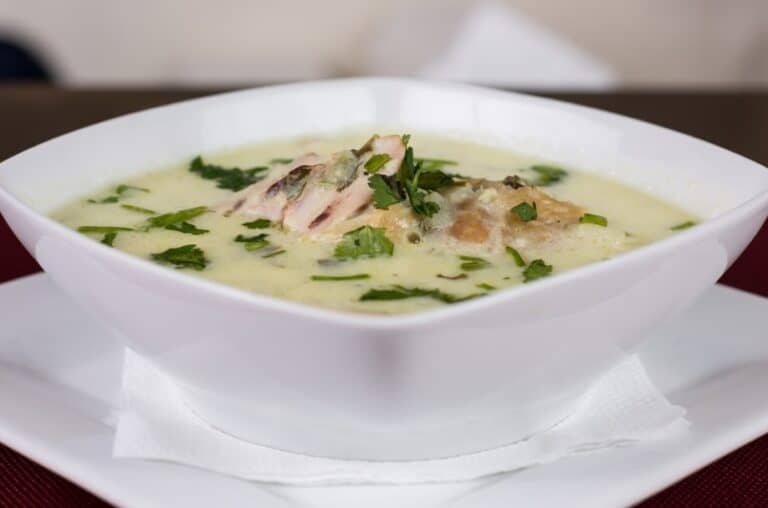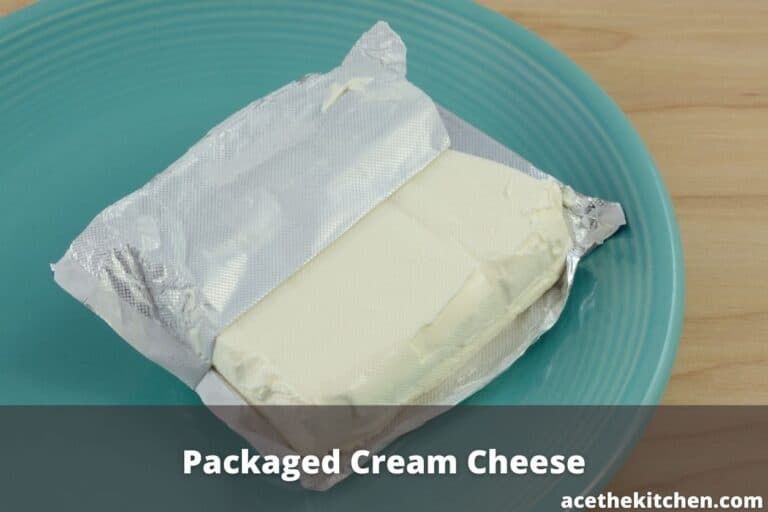How To Reheat Grits: 5 Unique Ways

How To Reheat Grits? Are you also looking for an answer to this question? then you are landed on the right page.
We know grits are best served fresh, straight out of the pan. But sometimes life gets in the way. Like when you’re making breakfast for a group or planning ahead to make tasty grits on a weekday morning.
Or maybe you made slightly more than you needed at dinner last night and now need to find an excuse to serve them again before they start growing things in your refrigerator. Here are five clever ways to reheat grits without losing any of their delicious flavor or creamy texture! The microwave is great for quick re-heats, but it will leave your grits slightly dried out at the edges. For maximum creaminess, try one of these low-heat options instead:
To answer how to reheat grits, use a double boiler over medium. Pour your grits into a heatproof bowl, and set it on top of the pot containing the boiling water. The steam will gently heat them up without burning them or turning them crispy around the edges. This is my favorite method for reheating because it allows you to keep an eye on the texture as they warm up and stop as soon as they’re hot enough to serve.
Before knowing how to reheat grits it is vital for you to know their origin.
Origin of Grits
Grits are a popular dish made from ground dried corn. The name is derived from the Old English word for grains, “grytt.” Grits are rich in complex carbohydrates and protein. They’re usually boiled into a thick porridge or cereal that can be eaten on its own or sometimes flavored with cheese, butter, salt and pepper, and other ingredients like ham and onions.
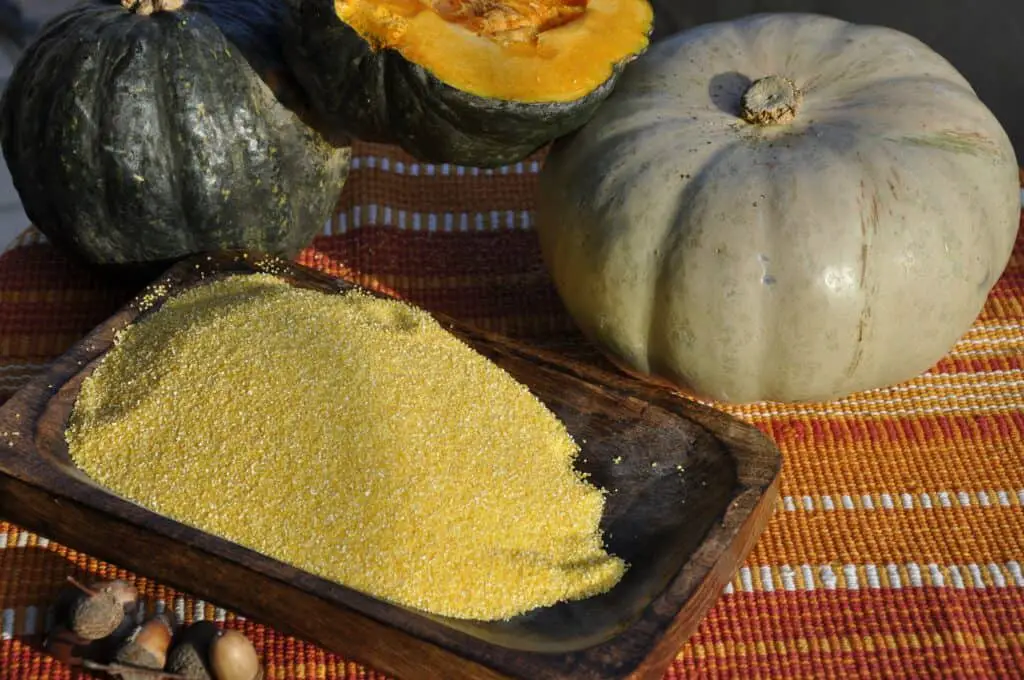
Where do they come from?
Grits were first created by Native Americans in South Carolina as early as 1525. By boiling maize (or corn) in water with ash or lime, it was found that the tough outer skin of maize disintegrated, leaving behind the inner kernel. This was dried and ground to form grits.
Stone-ground grits
Grits are often considered “old-fashioned” food because they have been historically made by grinding corn with a stone mill or beneath a steel roller. The process used to grind the corn will determine how quickly its rich flavor is released into the water in which it’s cooked, as well as what nutrients are preserved during cooking. What is polenta?
Polenta is very similar to grits but has different origins. It originated in Italy where local grains were boiled into a thick porridge for generations before being adopted by other European countries. Polenta can be eaten hot or cold and is usually flavored with butter, cheese, or salt and pepper.
Quick grits
Quick grits are made by taking fine-ground cornmeal (typically white) and pre-cooking it in boiling water before being left to harden for a short period of time. This makes the kernels softer before they’re ground into a fine powder to be added to recipes. how to reheat grits
They can also be used in combination with coarsely-ground cornmeal to make baked goods because they release their flavor more quickly than gritty traditional stone-ground varieties. In fact, the term “old-fashioned” is sometimes used when referring specifically to a stone-ground meal that has been aged for a longer period of time rather than quick grits which have been precooked to soften the meal and reduce cooking time.
Here’s how grits can be heated
- Use a glass pie plate and some simmering water:
- Add enough water to come 1/4″ up the side of a glass pie plate (I like Pyrex because it’s a neutral material, but you could also use a dish made from stoneware or another non-reactive material) and set your grits in the plate.
- Cover with aluminum foil to trap some of the steam, and keep an eye on them as they warm up. Remove from the water as soon as they’re hot, rinse off the bottom of the pie plate under cold running water to prevent sticking, and serve!

Use a covered saucepan over low heat
Pour your grits into a heavy saucepan that has been coated lightly with cooking spray (or rubbed around with a bit of oil). Warm over VERY LOW heat until hot. This is my least favorite method for reheating grits because it requires a bit of attention, and you have to watch them closely so they don’t burn. Plus the texture is never quite as perfect.
Heat in a slow cooker on low
Pour your grits into your crockpot or slow cooker, add enough water to cover them completely, and turn it on “low.” They’ll stay warm for hours if you keep the lid closed! This is my least favorite method for reheating grits because I’m committed to using every appliance in my house for multiple purposes whenever possible, but it’s an easy way to free up space on the stovetop when making breakfast in a hurry.
Use a frying pan
Because grits are so starchy, it’s really easy to use the frying pan you made your bacon and eggs in for reheating them as well! Pour cooked grits into the pan, add as much milk as you need to reach the desired consistency (I usually use about 1/2 cup per serving), and keep stirring over medium heat until they’re hot. Then serve!
And there you have it- five ways to turn cold grits back into creamy, delicious breakfast food without setting foot in the microwave or heating up the stove. They all work equally well with leftover grits, too. Just remember that whenever possible, low and slow is best for preserving texture, creaminess, and flavor. Happy breakfasting!
Southern Grits Recipe
- Ingredients: 3 Cups Water 1 Cup Milk 1 Cup Quick Cooking Grits 2 Teaspoons Margarine 1/4 Teaspoon Salt 2 Tablespoons Shredded Cheddar Cheese Directions:
- Bring water and milk to a boil over high heat.
- Stir in grits, margarine, and salt. Reduce heat to low; cover and simmer 5 minutes.
- Remove from heat; let stand 5 minutes or until grits are thickened (if they get too thick while standing, add small amounts of boiling water).
Are grits gluten-free?
Because they’re made from corn, grits naturally contain low levels of starch and no gluten. However, some brands may be contaminated with wheat which would make them unsuitable for those who suffer from celiac disease (or other wheat allergies).
Some varieties of polenta are also pre-cooked like quick grits but others are not — it will usually be specified on the packaging. As such, if you have a severe allergy or intolerance to certain grains it’s best to check the box and steer clear until you’ve purchased a brand that’s suitable for your needs. Are grits good for diabetics?
I hope this guide has helped you enough to know about grits and how to reheat grits after cooking.

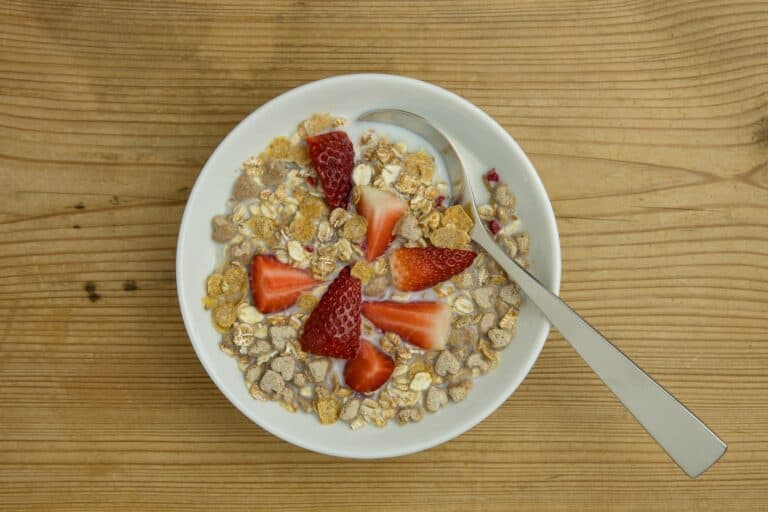

![What is Japanese Food Like? [In Japan]](https://acethekitchen.com/wp-content/uploads/2021/09/japanese-donburi-rice-bowl-768x512.jpg)
